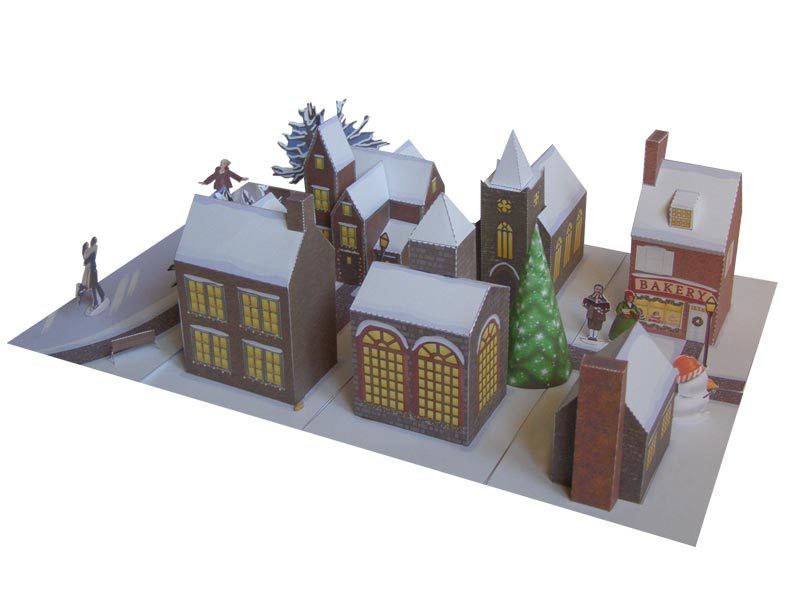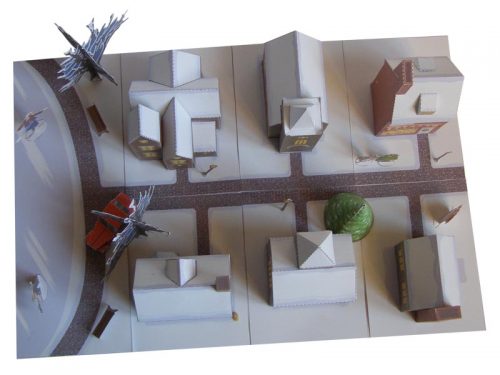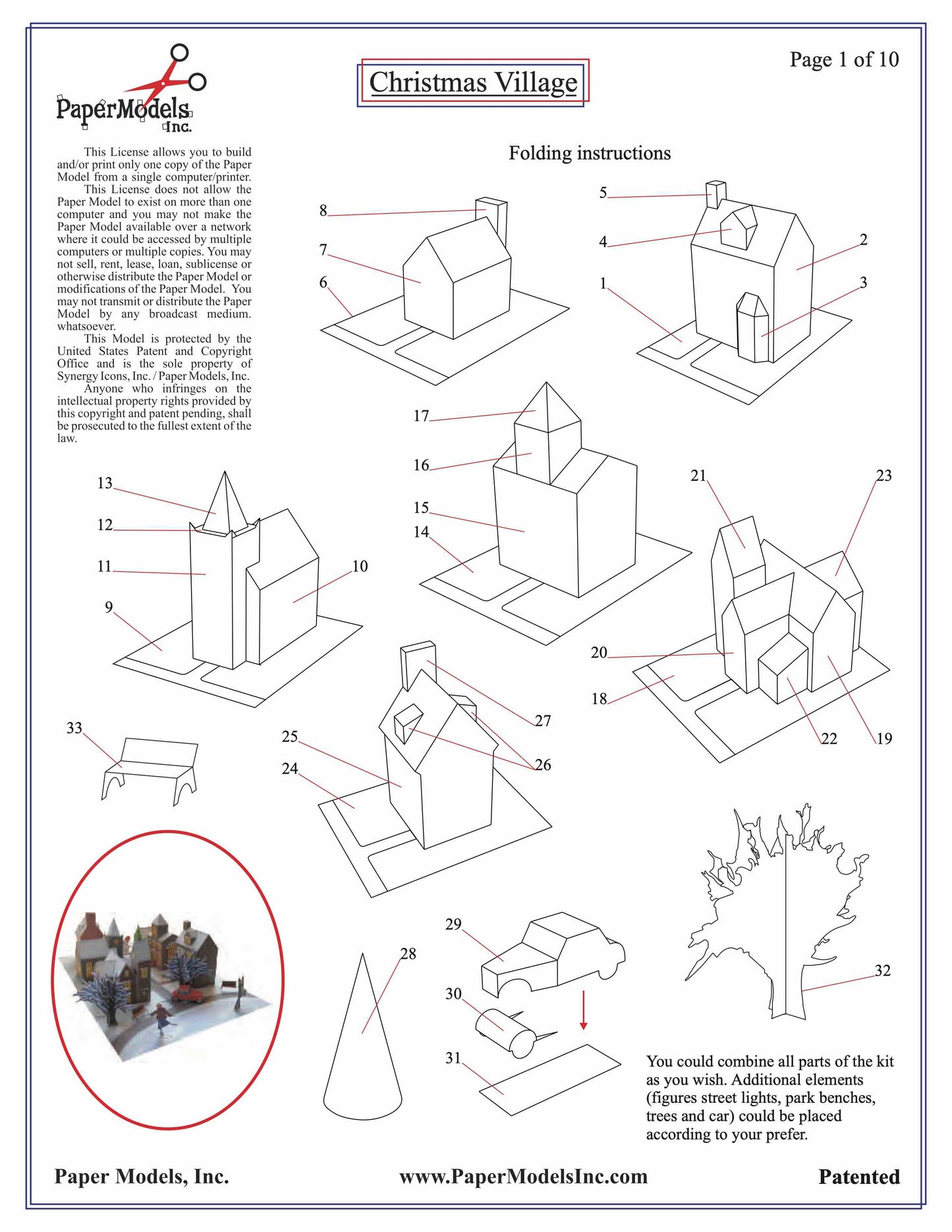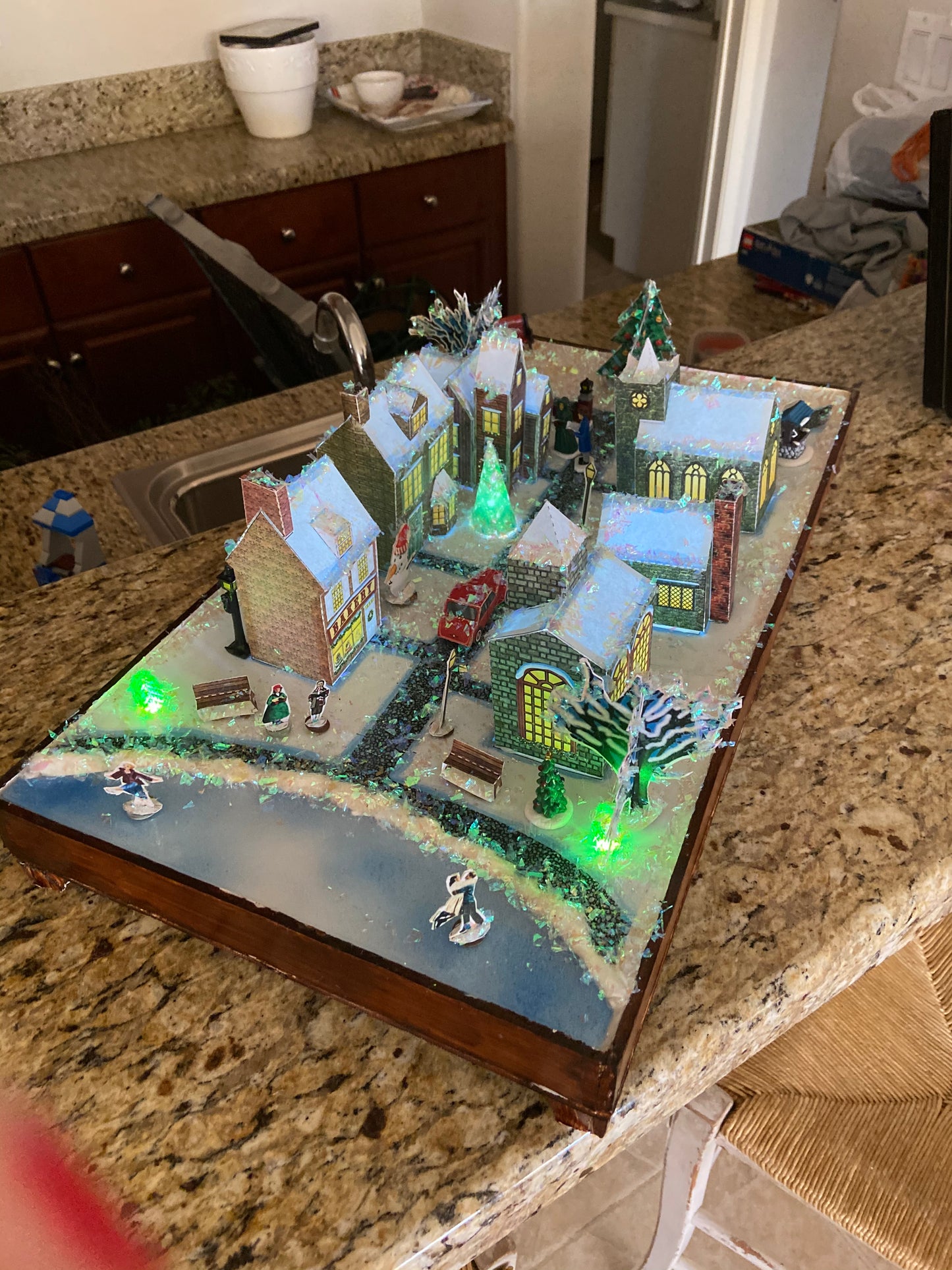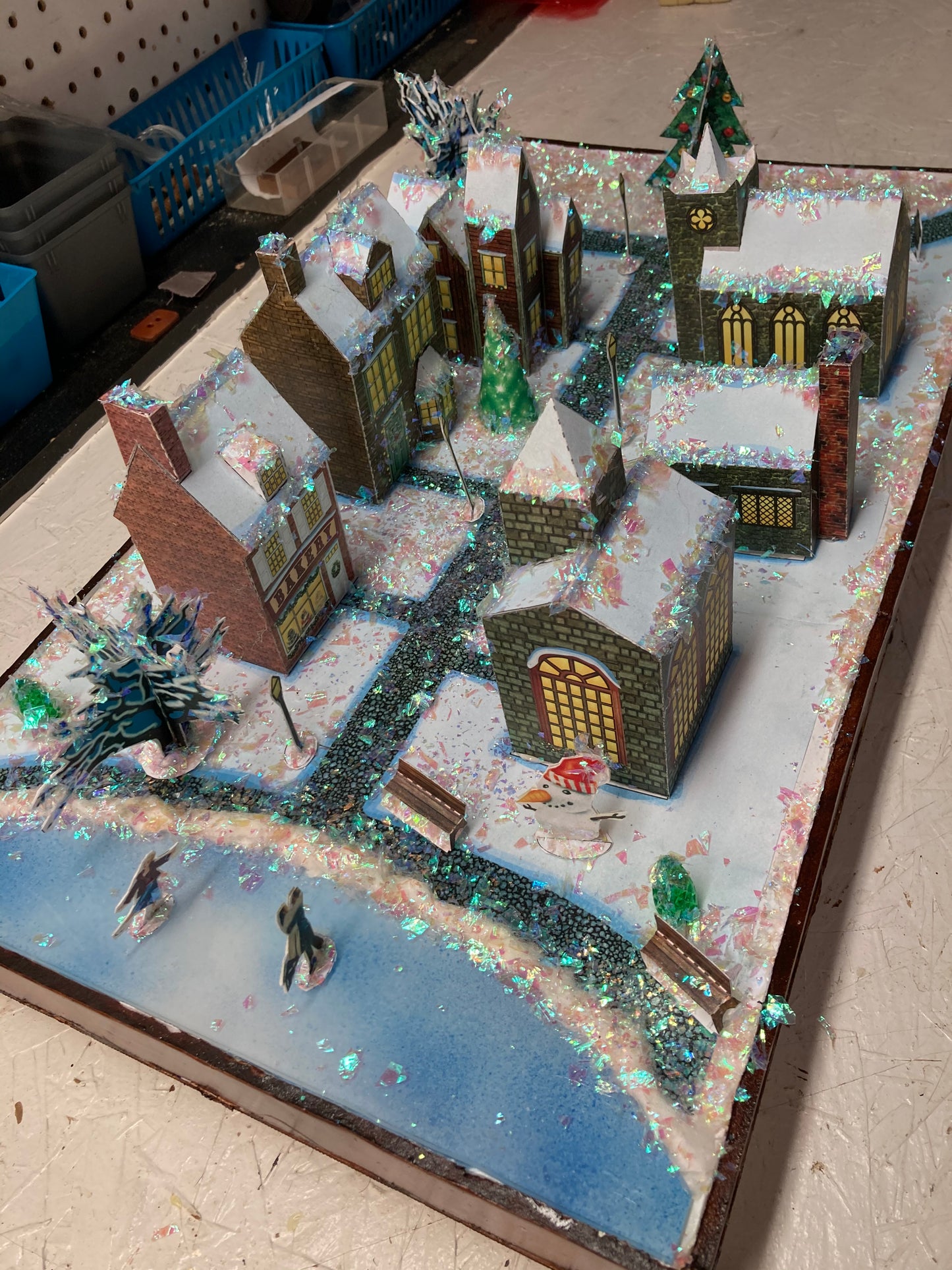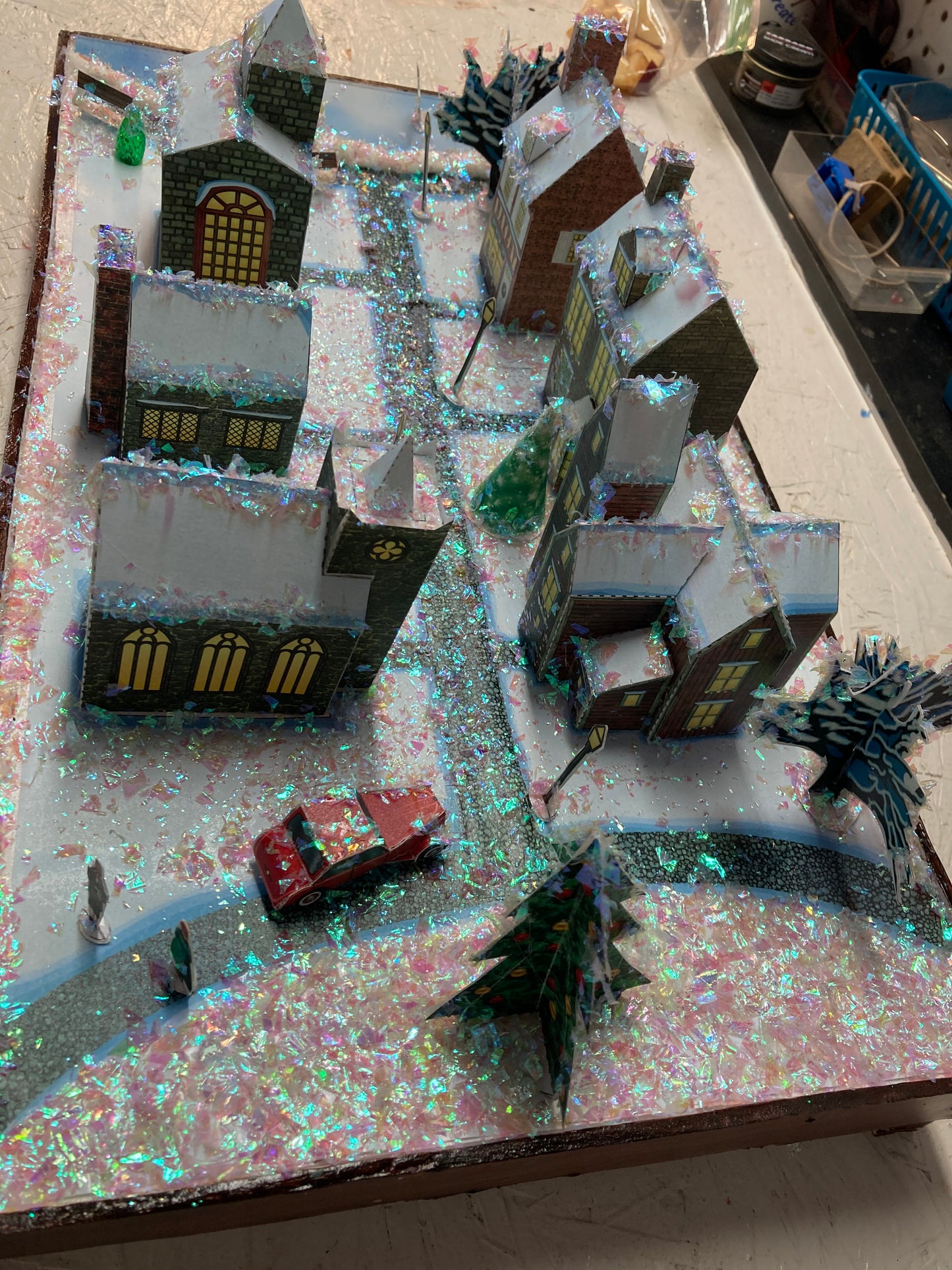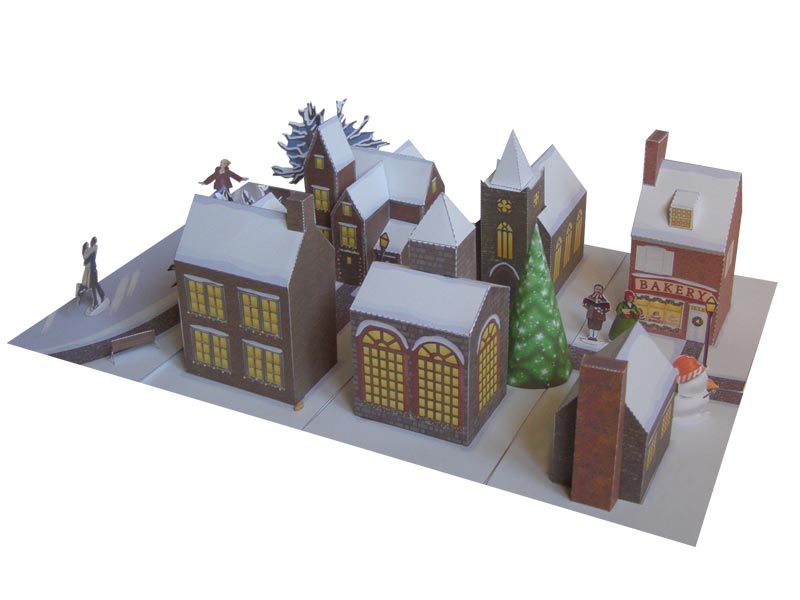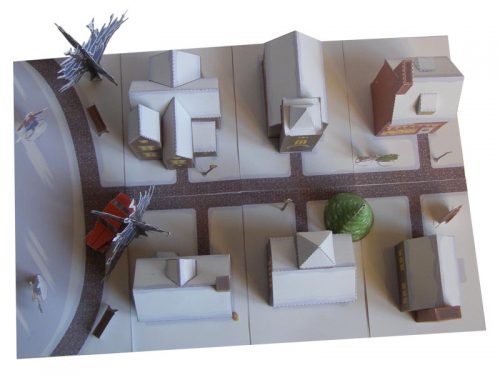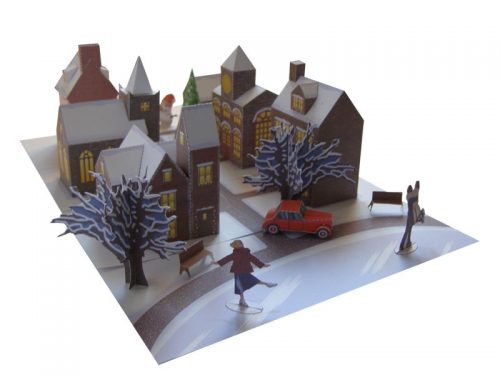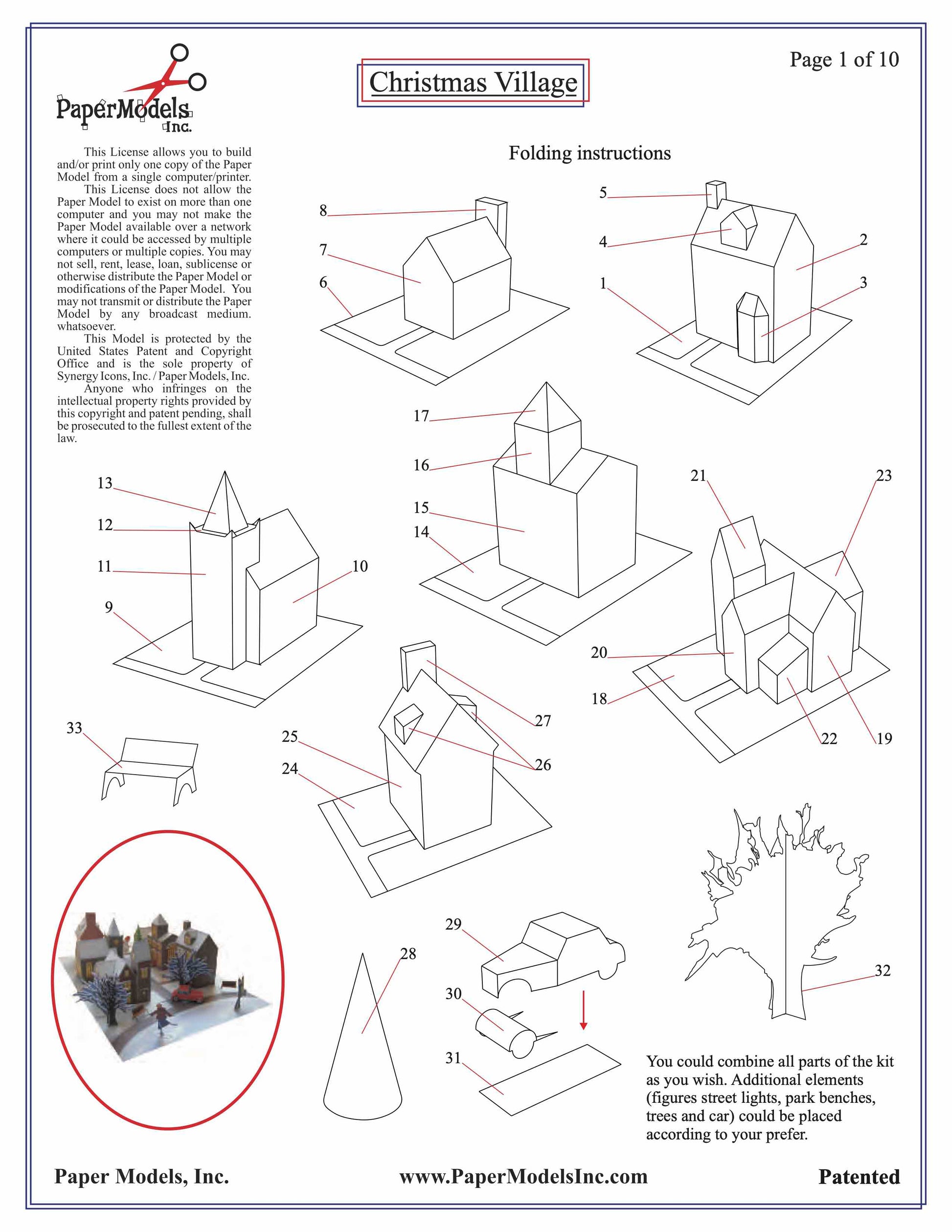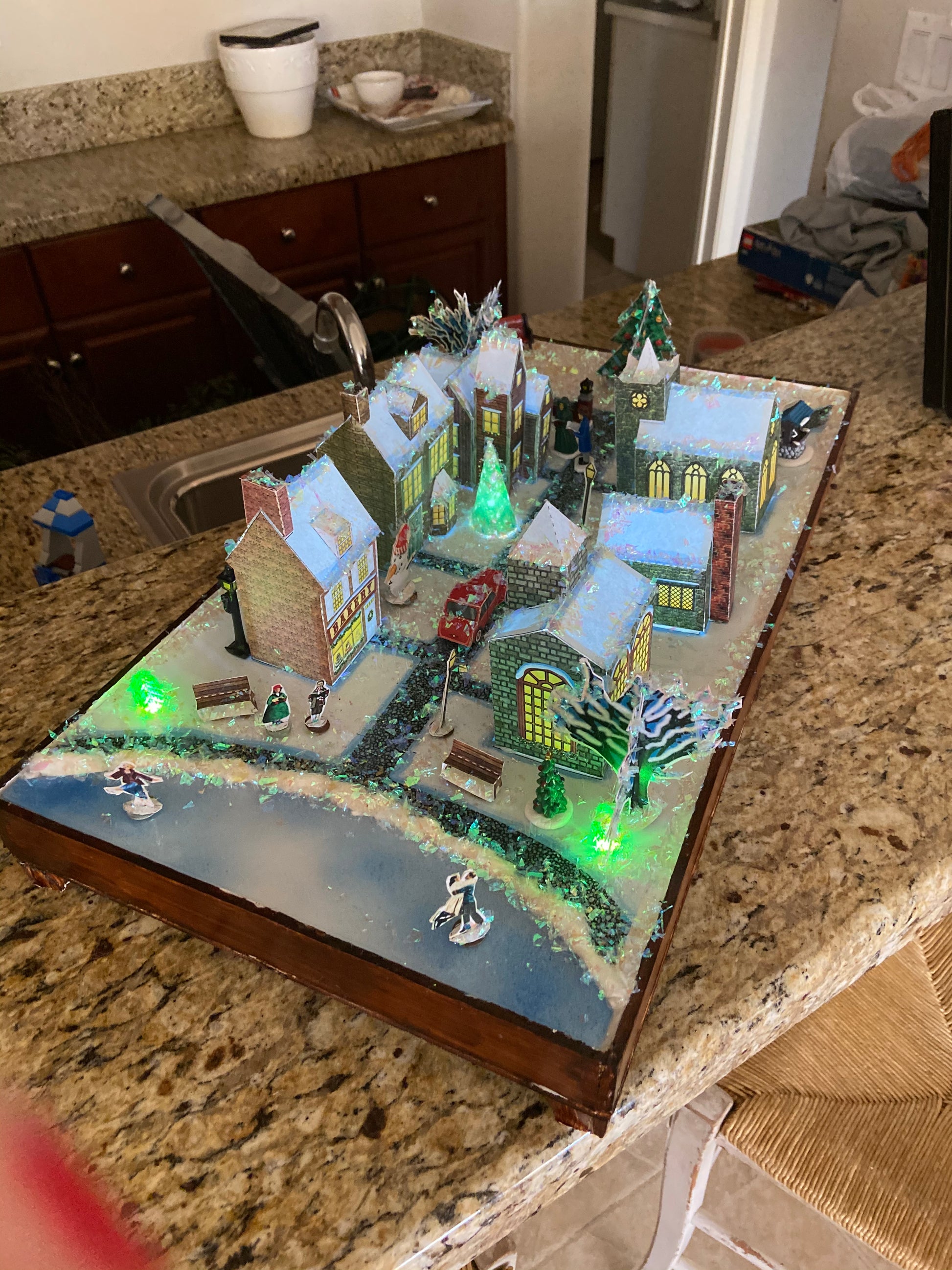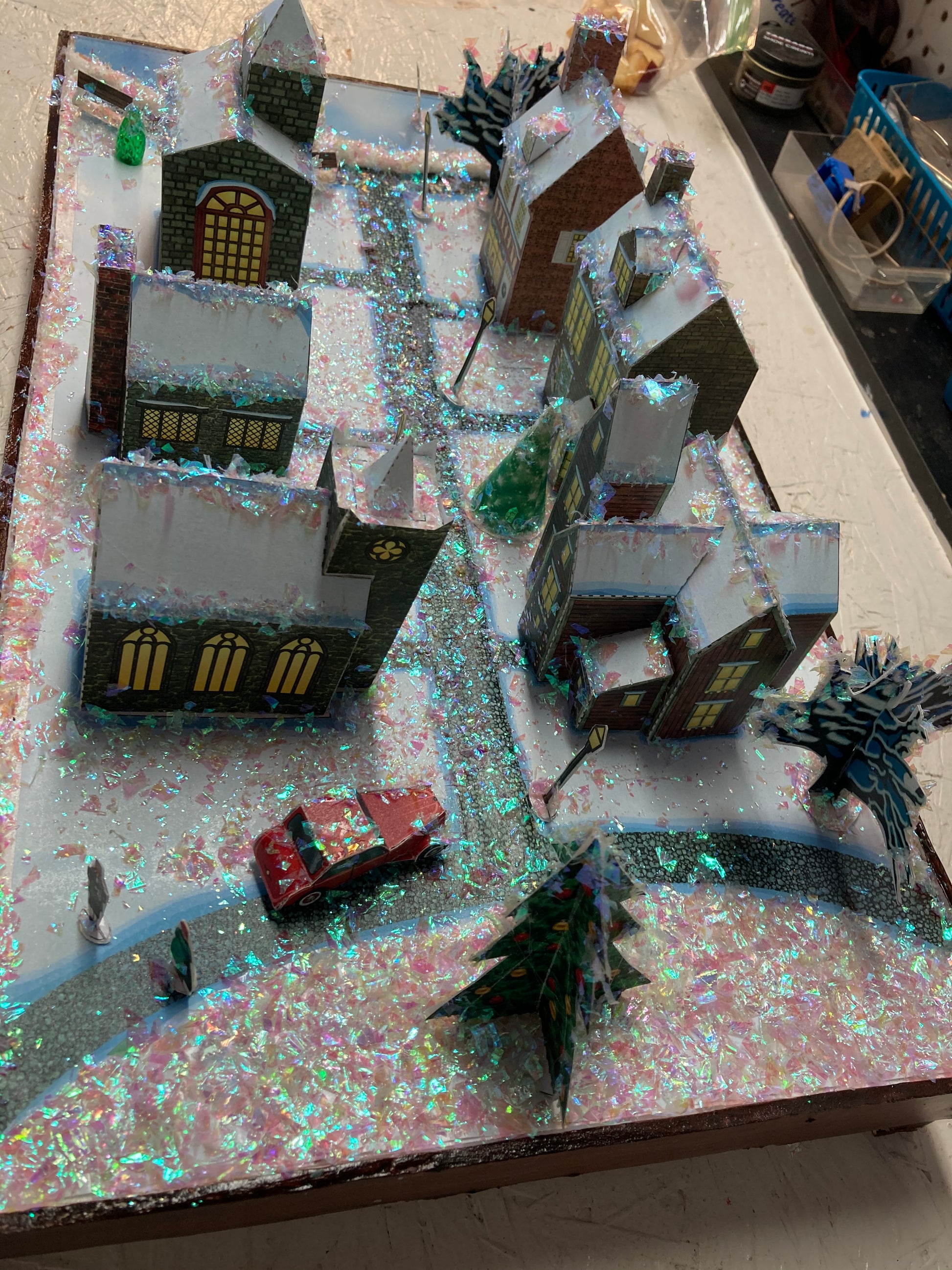Holiday Christmas Village - Paper Model Project Kit
Holiday Christmas Village - Paper Model Project Kit
No se pudo cargar la disponibilidad de retiro
🌟 Welcome to Paper Models Online – Your Shortcut to Academic Excellence! 🌟
Are you tired of stressing over last-minute school projects? Look no further! Paper Models Online is here to make your academic life a breeze.
🚀 Why Choose Us?
At Paper Models Online, we understand the pressure of looming deadlines and the desire for that coveted "A" grade. That's why we've crafted the perfect solution for you! Whether you're a student aiming for extra credit, a parent looking for quality time with your kids, or just someone in need of a break from the chaos, our paper models are your ticket to success!
💻 Instant PDF Download OR Pre-Printed & Shipped
You're in control! Choose from our instant PDF download, starting at just $9.95 for the 7"x10" size or $11.95 for the 10"x13" size.
Print it on your home or office printer using regular paper, or opt for the hassle-free pre-printed option. We'll ship it directly to your doorstep for a flat $5 fee via USPS First-Class Parcel, ensuring you get it in 1-3 days!
✂️ Easy Assembly, Maximum Impact
With just a pair of scissors, some glue, and an hour of your time, you can turn these paper sheets into stunning three-dimensional architectural replicas or complete science projects. The images on our website are real models made from our kits, and we even provide a history to help you craft an impressive report.
🎨 Unleash Your Creativity
Not into mission kits? No worries! Our models double as templates for your creative genius. Paint, trace, adjust sizes—your imagination is the only limit! Create a custom masterpiece that reflects your unique style and personality.
🛒 The Buying Process Made Simple
- Choose Your Size: 7"x10" or 10"x13"
- Choose Your Delivery: Instant PDF download or pre-printed and shipped
- Purchase Your Model: It's that easy!

📦 Typical Kit Sample
Each kit includes 8 to 18 pages, providing everything you need to bring the model to life. An "exploded view" guides you through assembly, and a complimentary history adds that extra touch for your report. Impress your teacher not just with creativity but also with your research skills!
Don't let deadlines stress you out. Choose Paper Models Online for your next school project, and let us be Your Best Way To Get An "A"! 🌟
 |
 |
 |
| Exploded View | Sample Pieces | Finished Model |
Look what a customer did with this model, some foam board, and sparkles!

Watch the 28 second video:
https://youtu.be/klA1JJKUvXA
The History of Christmas
Christmas is an annual cultural and religious winter holiday that falls on December 25th of each year. The Christmas holiday has both pagan and religious roots, and is seen by most of the world either as a cultural winter festival celebrating the season, or as a traditional Christian gathering celebrating the birth of Jesus Christ in Bethlehem (modern-day West Bank, Palestine). Also associated with Christmas, particularly in secular circles, is the mythological figure of Santa Claus.
Christmas, as a celebration, has its earliest roots in the pagan cultures of both Rome and Scandinavia. In the era before Christ, a winter solstice festival was often held by cultures to celebrate the need to perform less harvesting work in the winter, and in celebration of the shorter days and longer nights that the season brought. December 25th was the Roman festival celebrating the “birthday of the undefeated sun,” otherwise known as Dies Natalis Solis Invicti. This holiday stretched the entirety of the Roman Empire, enabling citizens to worship various sun-gods, including Mithras (a Persian god) and Elah-Gabal (a sun god from Syria). In Scandinavia, the holiday was called Yule, and pagan Germania enjoyed a similar festival, with each culture enjoying twelve consecutive nights of feasting and drinking, in celebration to the god of Thunder, Thor.
Christmas remained a pagan holiday for quite some time after the events of Jesus Christ. Historians acknowledge that Christ was not born on December 25th, but the winter feasting celebrations were slowly adopted by the Roman Catholic Church as a way of enticing the pagan citizens of Rome to convert to Christianity. The Church was known for condemning, or not sponsoring, many pagan festivals to the various gods, and the idea of giving up such celebrations and festivals were not attractive to Roman citizens whom preferred their drinking and feasting in favor of the more conservative lifestyle of Christianity that the Roman Catholics were offering. The first time that the Church united the idea of December 25th with the birth of Christ was in AD 221, when Christian historian Sextus Julius Africanus wrote the book, “Chronographiai,” which was intended to serve as a reference for other Christian writers on the newly-developing and still-growing faith.
In the following centuries, various bishops and popes simultaneously denounced and encouraged the idea of celebrating the birthday of Christ on December 25th. Some saw this as an attractive idea to obtain converts, others saw this as a move toward paganism that the Church should stay away from. The saints of the Church did not celebrate birthdays, as such an act was considered pagan, so Christians should not celebrate the birth of Christ -- at least according to the philosophy of the time. The most important religious celebration among conservative Christians in the early days was the Epiphany, which acknowledged the visit of the magi to see the Christ child -- Christmas itself was seen as unimportant. In the pagan world, Christmas remained a popular winter festival, and gift-giving was introduced as a custom among people whom had a business relationship with one another - - the tradition of exchanging gifts between family and friends would develop later. The holiday remained, however, a time for drinking, gambling, and feasting.
During the Reformation period, many Protestant Christians blamed the Roman Catholic Church for subtly allowing Christmas celebrations to continue. Despite the Catholic’s efforts to celebrate Christmas as a Christ-centered holiday, the public still favored the pagan celebrations more, resulting in a ban of Christmas in England in 1647. The Protestant and Puritan feelings against Christmas were so strong that it was looked down on in Colonial America by the Puritans, who banned the celebration for over 20 years in Boston. In addition, it was still seen by the Puritans as more of a cultural celebration than a religious celebration, and another reason for doing away with Christmas in America was that they believed it to be too much of an English custom, and not suitable for the New World.
Christmas was not re-introduced into English and American cultures until the mid-1800’s, when British writers began creating works that re-cast Christmas as a charitable, family- focused celebration, rather than a drunken feast. Such works credited with the return of the Christmas holiday included Charles Dickens’ “A Christmas Carol,” Washington Irving’s “The Sketch Book of Geoffrey Crayon,” and the poem “A Visit From St. Nicholas.” This last poem is one that re-energized the idea of gift giving -- especially among family and friends -- and thus provided an economic stimulus to the Christmas season.
The St. Nicholas character was created as a mythological bringer of gifts. This image was utilized in Western culture, predominantly, to encourage the new emotional and economically-important tradition of exchanging gifts during the Christmas season. Over time, the pagan activities of feasting and drunkenness, the Christian celebration of the birth of Christ, and the secular vision of gift-exchanging and family celebrations began to fuse into one event, to turn into the Christmas we recognize today.
It is also expected, therefore, that various cultures all have their own take on how Christmas is celebrated. Some Christian families chose to focus exclusively on the birth of Christ and the more warm (and Church-friendly) aspects of Christmas such as gift-giving and family time. Some non-religious families chose to ignore the Christian interpretation completely and still focus on St. Nicholas (now evolved into Santa Claus) as the symbolic figurehead of Christmas. Some traditions, especially in Roman Catholic countries, choose to infuse both the Christ and Santa Claus stories. In Latin America, for instance, it is told that the baby Jesus gives gifts out to children after Santa Claus and his elves build the toys.
Today, the celebration is still commonly held on December 25th, and is typically a time for families and close friends to gather together and appreciate the season and one another’s company. The centerpiece of many traditional Christmas gatherings is usually a large evergreen tree decorated with seasonal ornaments and lights (a Christmas tree) under which presents are placed that have been wrapped. Stockings are usually hung over the chimney (Santa Claus is said to enter the houses’ of children through the chimney), and are stocked with fruit, treats, or small toys. Stockings and presents are usually opened either Christmas Eve or Christmas morning, and a large family feast usually follows. Some households also include a Christmas Eve reading of the story of the birth of Christ from the Bible.
© Copyright – Paper Models, Inc. – All Rights Reserved
Share
